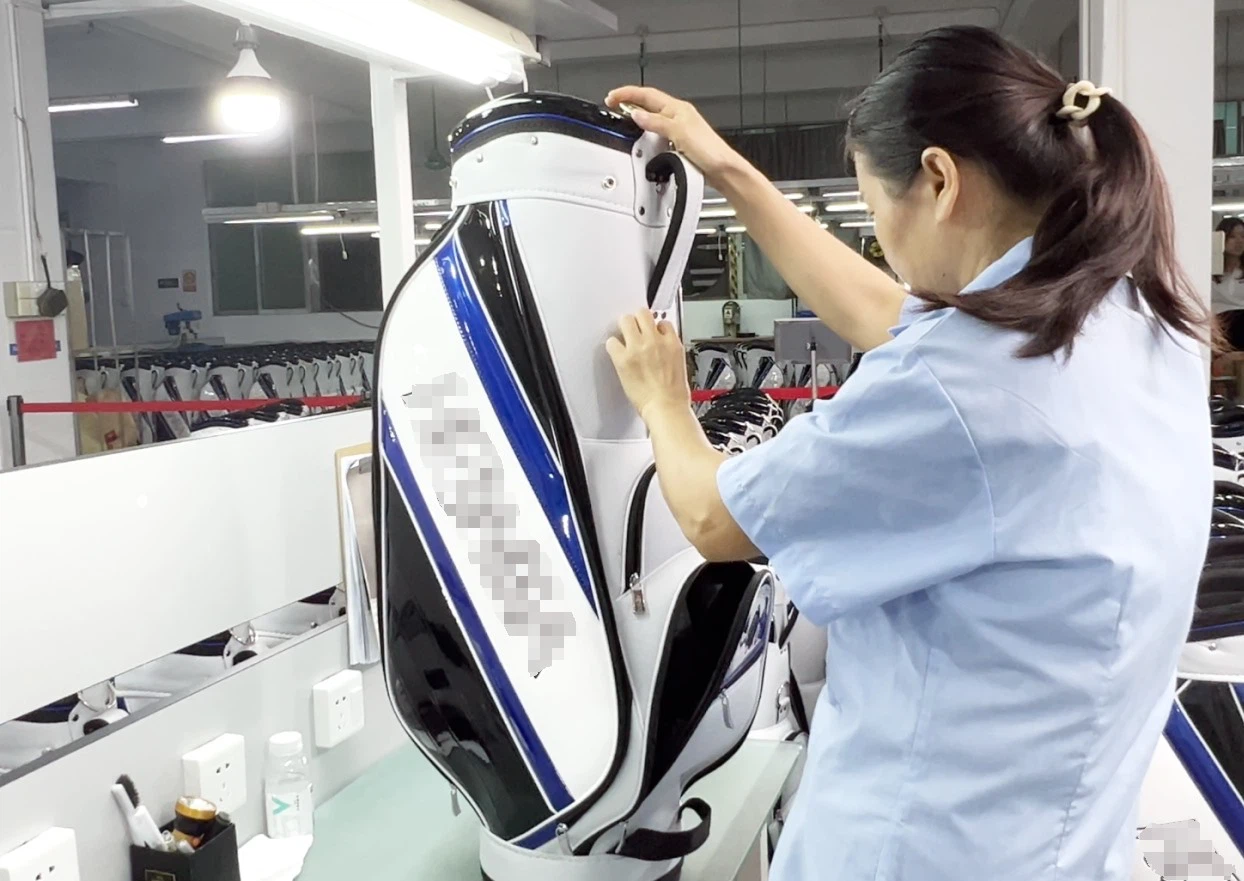Golf bags are essential equipment in the sport of golf, as they protect the clubs and make it easier for players to carry and access them. The manufacturing process directly affects the quality and lifespan of the bag. This article will introduce the manufacturing process of golf bags, including material selection, cutting, sewing, and assembly.
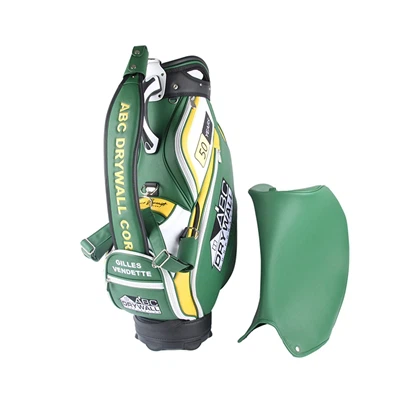
Material Selection:
The shell of the golf bag is usually made from high-strength nylon or leather, which offers abrasion resistance, waterproofing, and tear resistance. The lining is typically made from soft fabric, like velvet, to protect the clubs from scratches. Additionally, the straps and grips must also be made from high-quality materials to ensure comfort and durability.
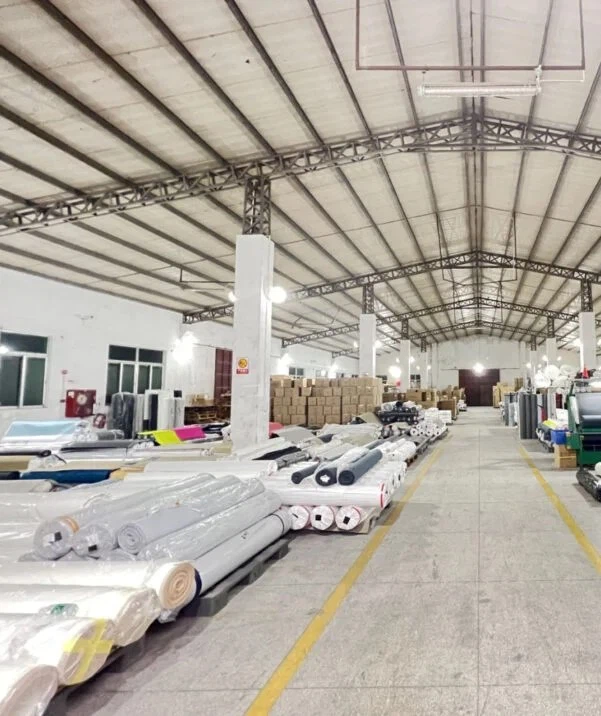
Cutting:
Before manufacturing a golf bag, the fabric for both the outer shell and lining needs to be cut according to the design specifications. It's important to maintain accurate dimensions and avoid damaging the fabric. Also, enough cutting allowance must be left for areas like pockets, grips, and straps, according to the design requirements.

Sewing:
Sewing is one of the critical steps in manufacturing a golf bag. Professional sewing machines and high-strength thread are required during this process. First, the various parts of the outer shell, including the opening, sides, bottom, and back, are sewn together. Then, the lining is attached to the outer shell, and pockets and grips are installed where needed. Care must be taken to ensure that the stitching is even and secure, ensuring both durability and aesthetics.
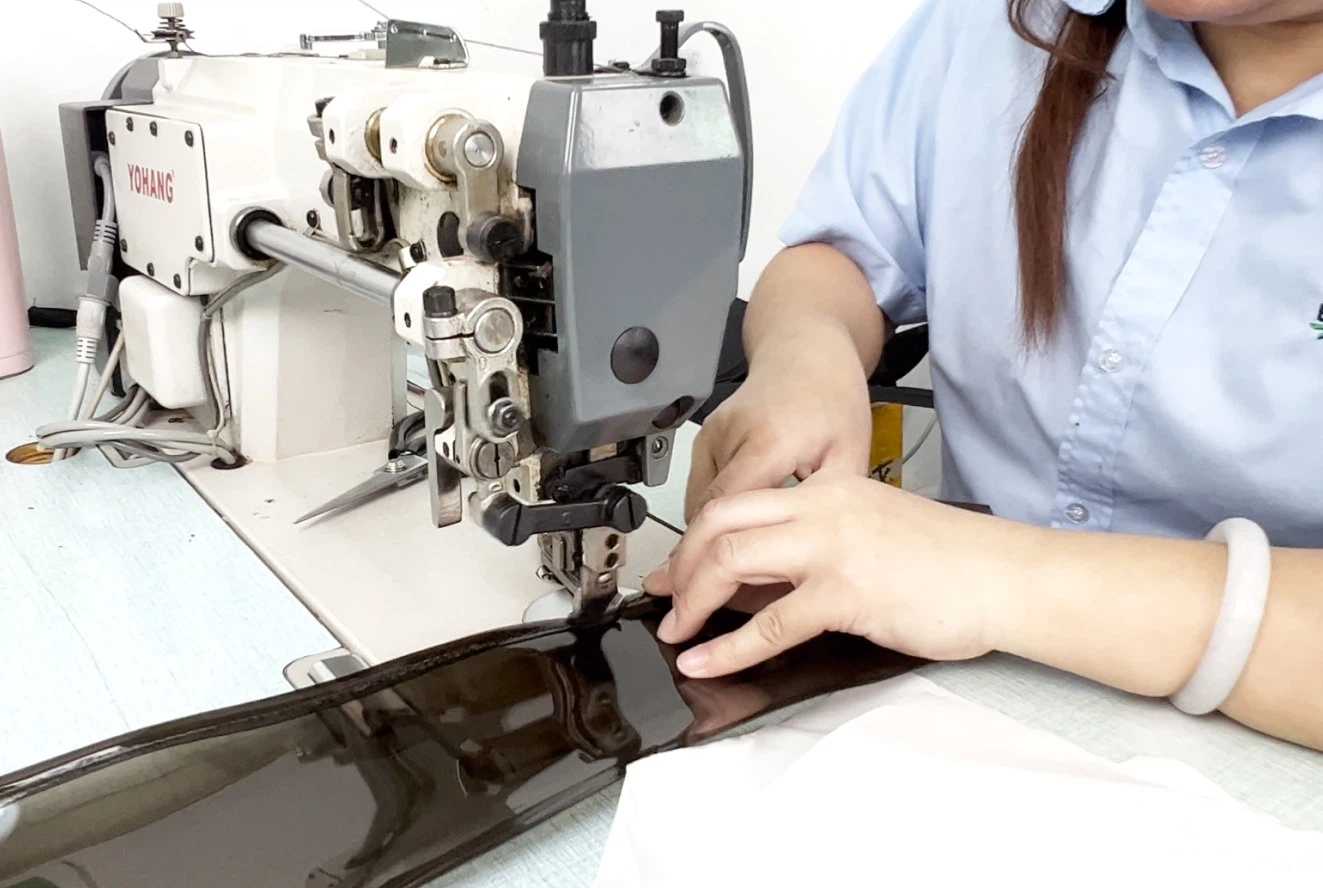
Assembly:
Once sewing is complete, the assembly of the golf bag begins. The straps, including shoulder and handle straps, are installed and adjusted to fit different body types and usage preferences. Additionally, the grips are selected and installed with an emphasis on comfort and anti-slip features. Finally, a comprehensive inspection and adjustment of the bag are conducted to ensure that all connections are secure and functions are operational.
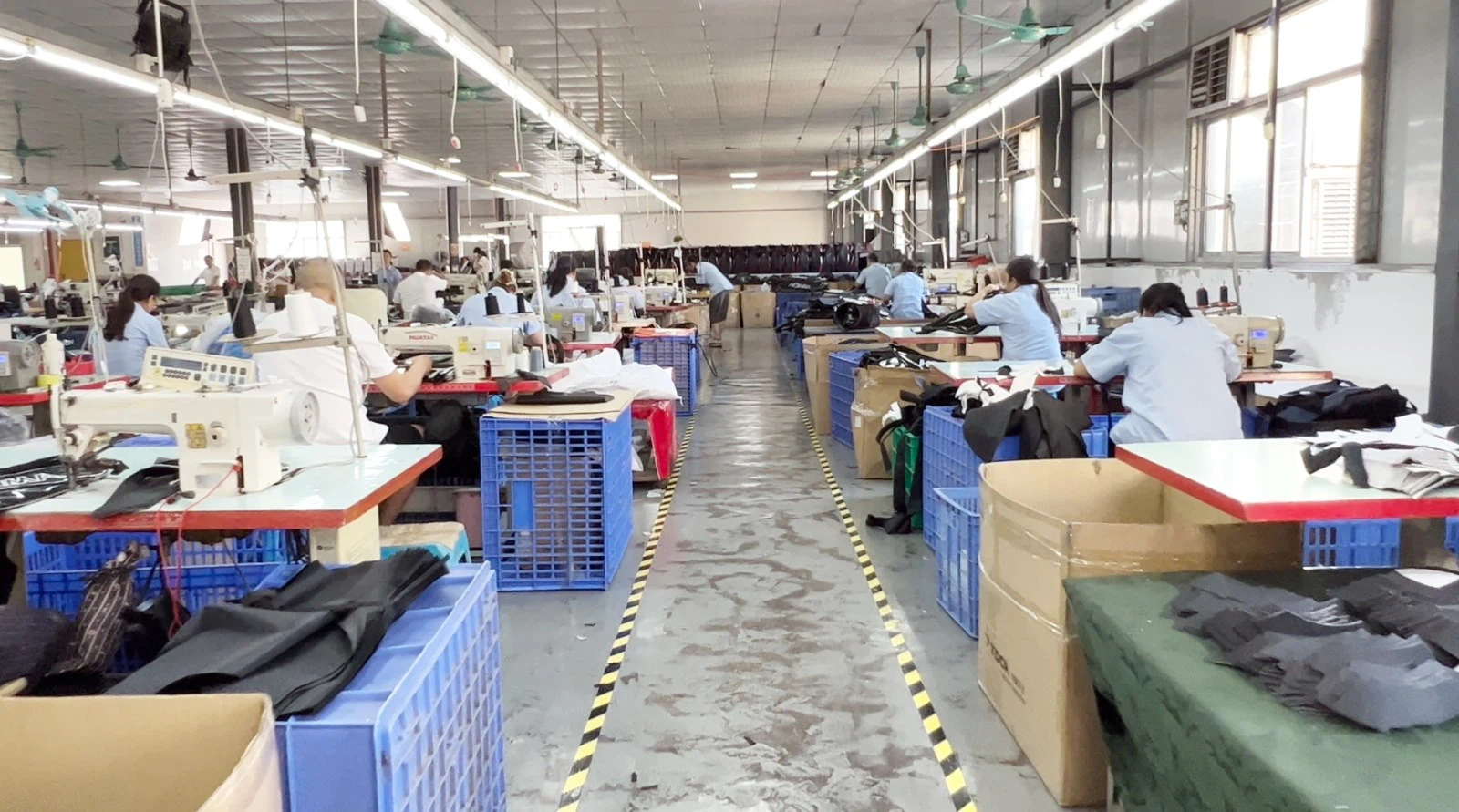
Quality Control:
As an essential piece of sports equipment, the quality and safety of golf bags are crucial. Every step of the manufacturing process must be strictly controlled for quality. For example, during sewing, it is vital to ensure that the stitching is secure, and during assembly, the appropriateness of the straps and grips should be carefully considered. Furthermore, a thorough inspection of the finished product, including appearance, structure, and functionality, is necessary to ensure that each golf bag meets quality standards.
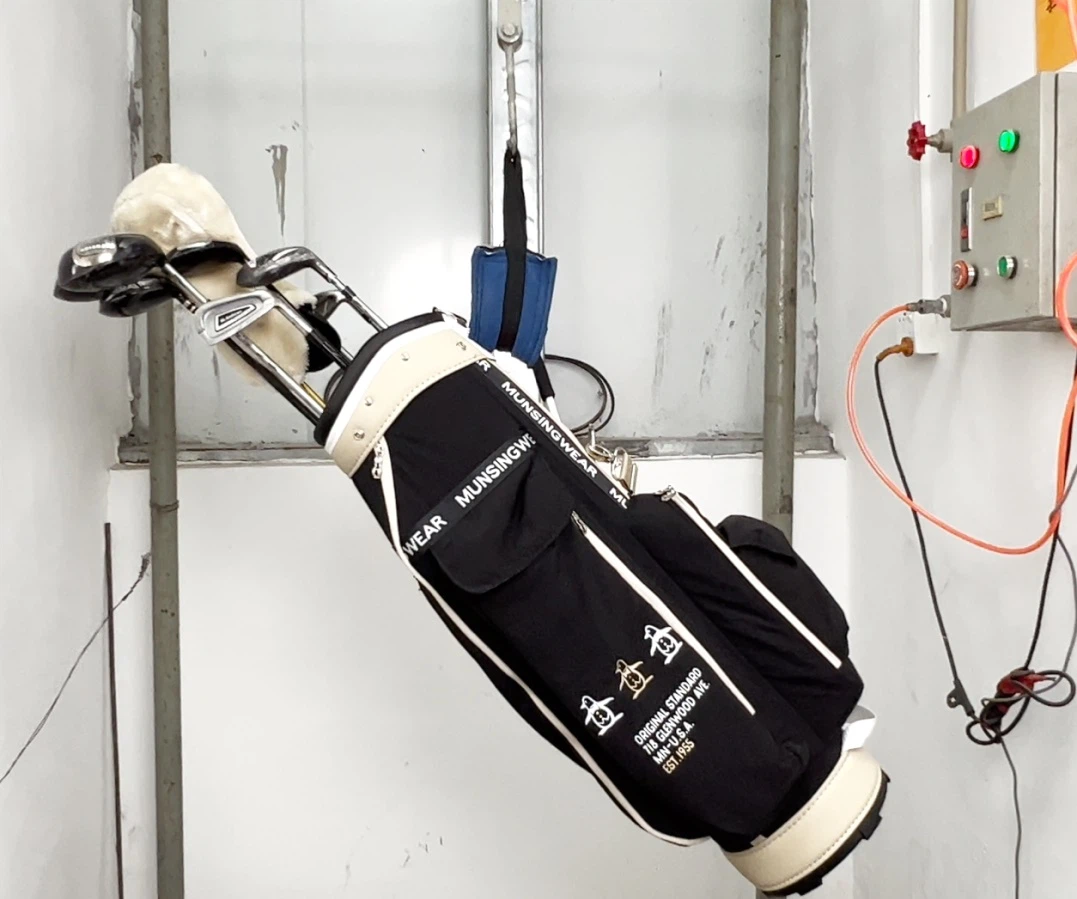
Conclusion
As one of the essential pieces of equipment in golf, the manufacturing process of golf bags directly impacts their quality and lifespan. This article has outlined the manufacturing process from material selection, cutting, sewing, and assembly, emphasizing the importance of quality control. Only through meticulous craftsmanship can high-quality golf bags be produced, providing players with an enhanced user experience.



